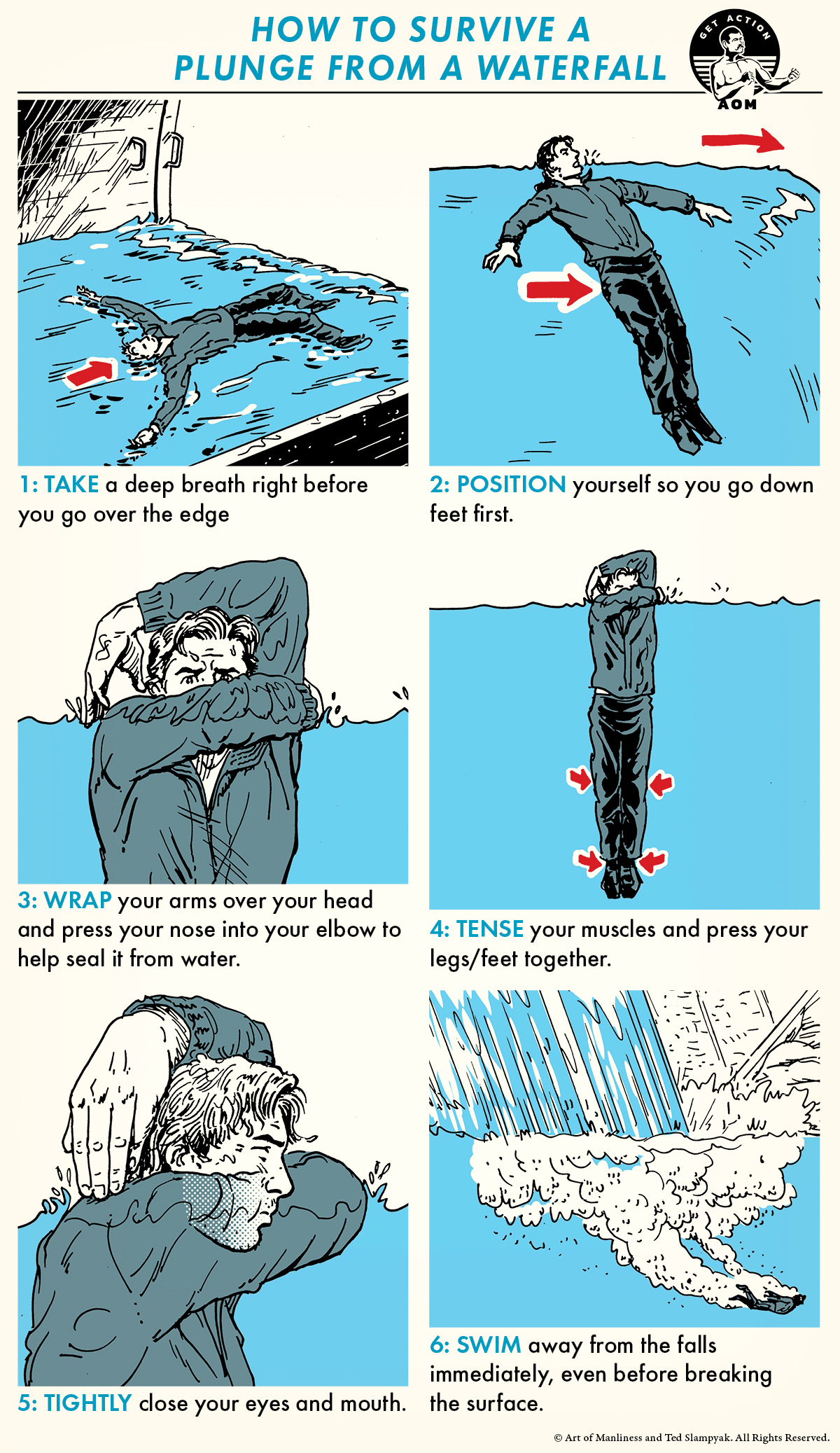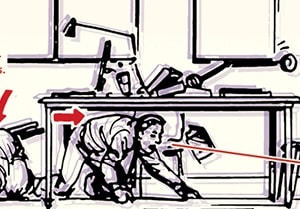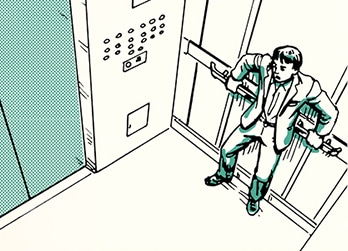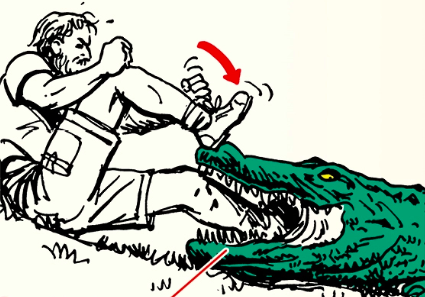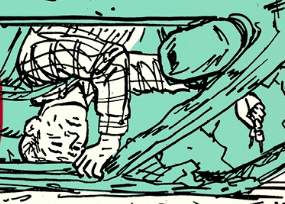
A flash flood is a sudden flood that occurs within a few hours after heavy rainfall. They typically happen in low-lying areas where the ground isn’t able to absorb all the water that’s fallen from the sky. In the United States, flash floods are common in the American Southwest. But they also occur in urban areas across the country due to all the pavement in cities (pavement, of course, can’t absorb water). Besides heavy rainfall, flash floods can be caused by dam or levee breaks.
Flash floods don’t get as much coverage as tornados or hurricanes, but they actually kill more people than those more dramatic-seeming natural disasters. The biggest reason people die in flash floods is that they underestimate their force and danger. Floodwaters can contain downed trees and debris that can strike you if you wade into them. And even seemingly shallow water can knock you off your feet and even sweep away your vehicle.
Your best bet to survive a flash flood is to avoid areas with flooding. If you do get stuck in a flash flood, here are some guidelines from rescue crews on how to survive:
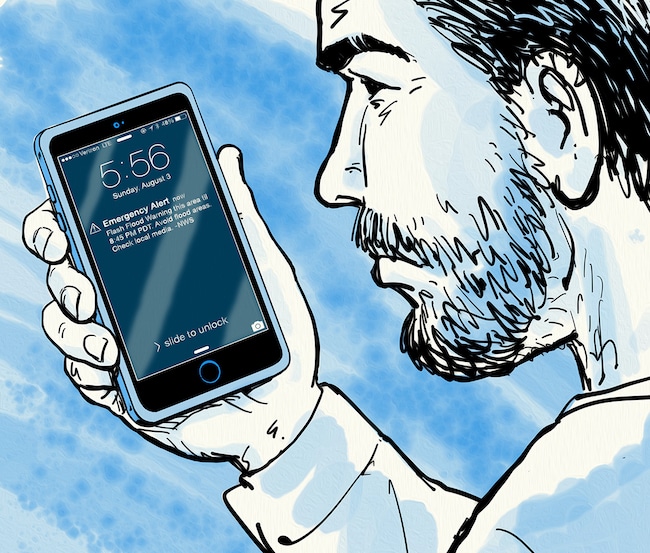
1. Understand and pay attention to flash flood alerts. There are different levels of flash flood alerts. Flash flood watch: flooding isn’t guaranteed, but conditions are favorable for it; be ready to take evasive action if needed. Flash flood warning: flash flooding is imminent or already occurring; move to higher ground immediately. Flash flood emergency: a flash flood is occurring that severely threatens human life/catastrophic damage.
2. Get to higher ground. If you’re in your home when a flash flood hits, move to the upper floors or roof. If you’re outdoors, move to higher ground as quickly as possible. If water is rising around you, try to climb a tree or on top of a rock or other structure.
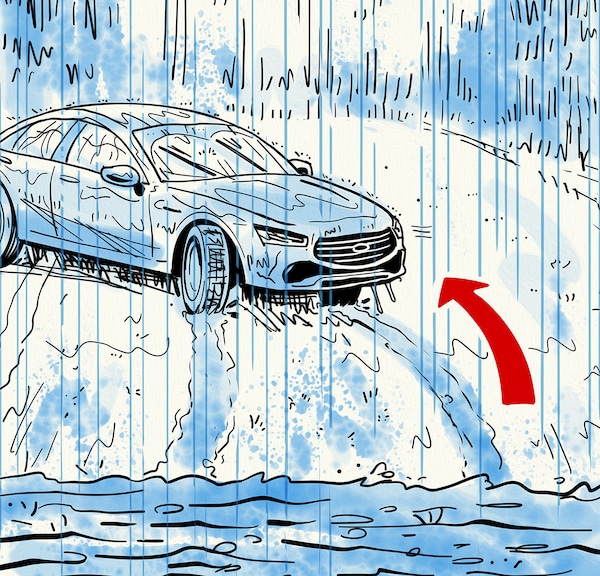
3. Turn around if you’re driving and see a flooded road. Avoid driving through flooded streets; nearly half of flash flood deaths happen in vehicles. A car can stall in less than a foot of water; two feet of water can sweep vehicles away. Additionally, water can obscure an area where the pavement’s been carried off, leaving a car-swallowing hole.
Don’t risk driving through a flooded road. Turn around, don’t drown.
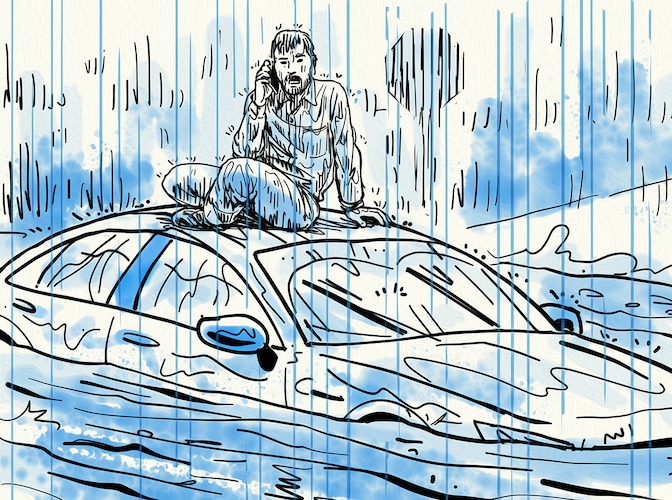
4. If your car stalls, get on top of it. Take off your seatbelt, open your window (break if necessary), and crawl through the window to get on top of your car. Once you’re on top of the vehicle, call 911. You’re less likely to drown if you’re on top of your car instead of in it, and rescuers are more likely to see you.

5. As a last resort, swim defensively to safety. If water continues to rise, the car you’re atop is being swept away, and rescue isn’t imminent, or you get caught in floodwaters while on foot, swim defensively to safety. Try to protect your head and upper body. Turn your feet downstream and keep them up to avoid getting trapped beneath the water. Use your feet to block debris and navigate around it when possible. When you see calm water, swim towards it by swimming across the current, like you would a riptide.


